Linton
OS grid reference:- SD 997 627
The small picture postcard village of Linton in Craven lies to the south and across the River Wharfe, from Grassington and eight miles north of the market town Skipton.
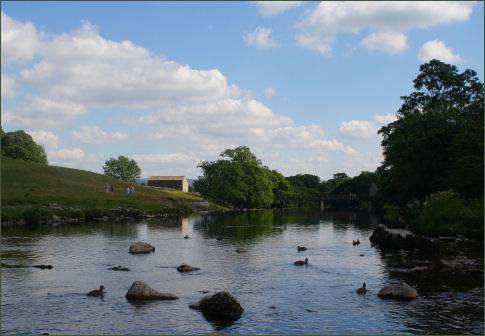
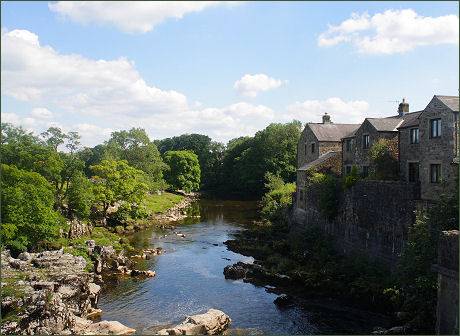
A handsome Vanbrugh almshouse and a pub the Fountaine Inn stand around the village green and three quaint stone bridges cross over its beck. The almhouses were built in 1721 by Richard Fountaine to provide shelter to the village's poor.
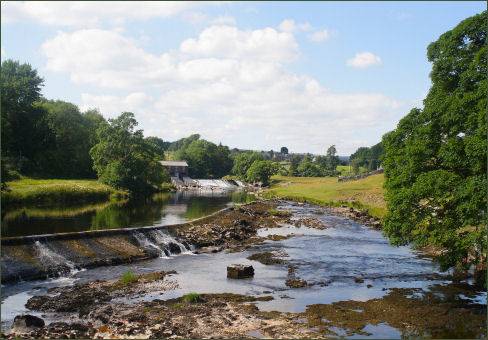
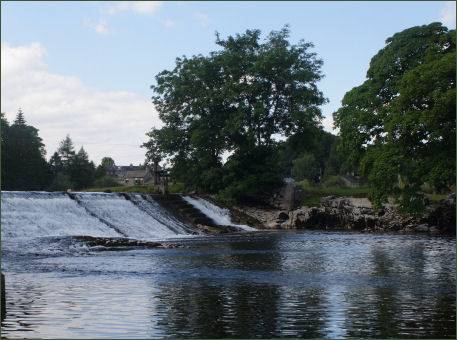
Linton Beck runs down to the River Wharfe at the limestone Linton Falls, which consists of an upper and lower waterfall and is the largest waterfall on the River Wharfe. The beck is bridged for walkers on a path up the Wharfe's north bank to Grassington. Amidst the group of cottages close by the Falls is a packhorse bridge, dating from the fourteenth century and known as 'Little Emily's Bridge'. It is thought to have been named after a member of the Norton family, who took refuge nearby at the time of the Civil War.
Church of St. Michael and All Saints
The village church of Saint Michael and All Saints stands by the River Wharfe and dates from the twelfth century, the nave was extended in 1250 with further fourteenth -fifteenth century extensions. The building has no tower, but does have an attractive bell-cote. It was restored in 1861 by John Varley of Skipton. The Medieval timber roof in the chancel survived the restoration as did parts of the original Norman arcading and windows in the Nave. The Gothic style porch was added during the nineteenth century.
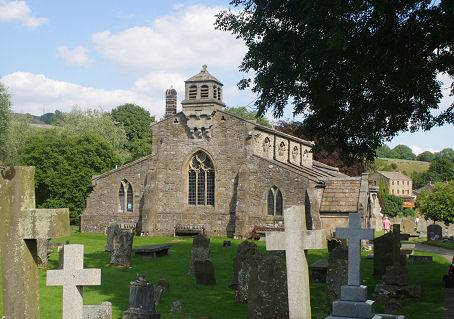
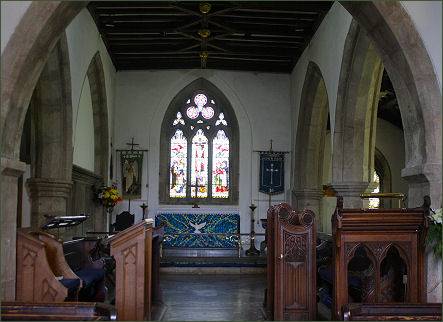
The building houses an interesting Norman tub font and an altar slab bearing five incised crosses. There is a green man on a roof boss and the arms of George III are displayed.
The shaft of an old cross stands in the churchyard on a stepped base. The original Saxon cross-shaft was stolen, but the rough stone base is Anglo Saxon in origin. It probably dates from the seventh or eighth century, while the shaft is medieval.
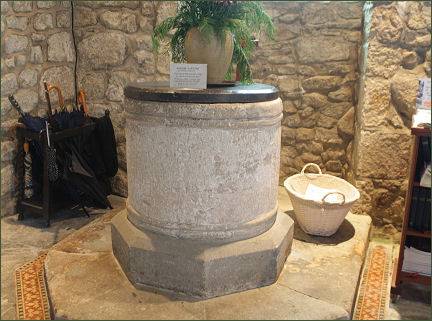
The church stands on an old pagan site, which was Christianised in the seventh century by either St Wilfred or St Paulinus. The river is crossed near the churchyard by a much-photographed, ancient course of stepping-stones, below a mill house.
Towns and Villages of Yorkshire
